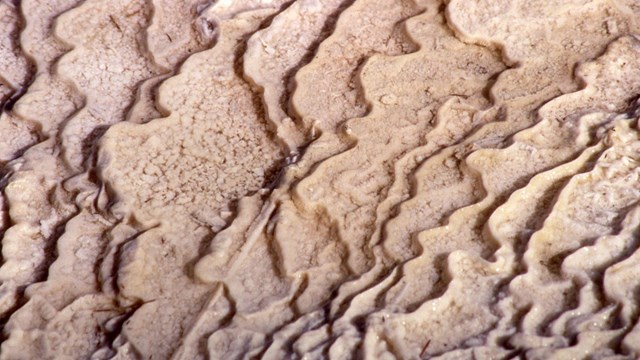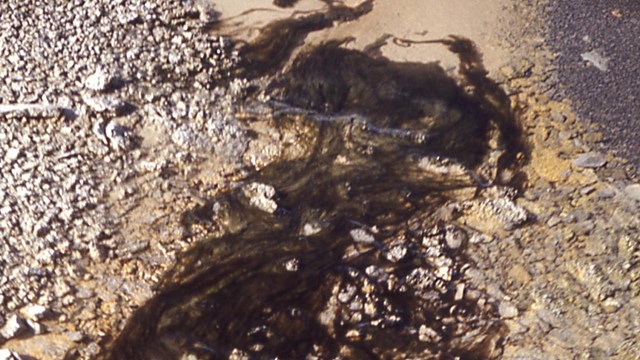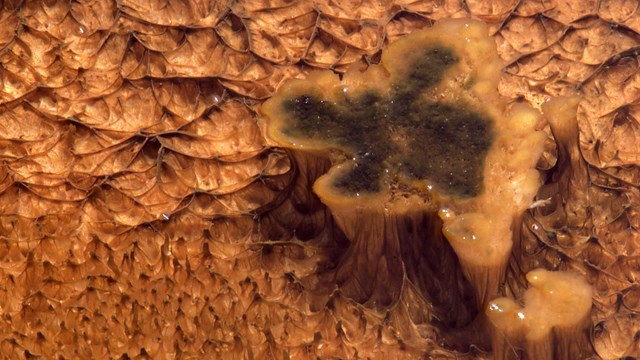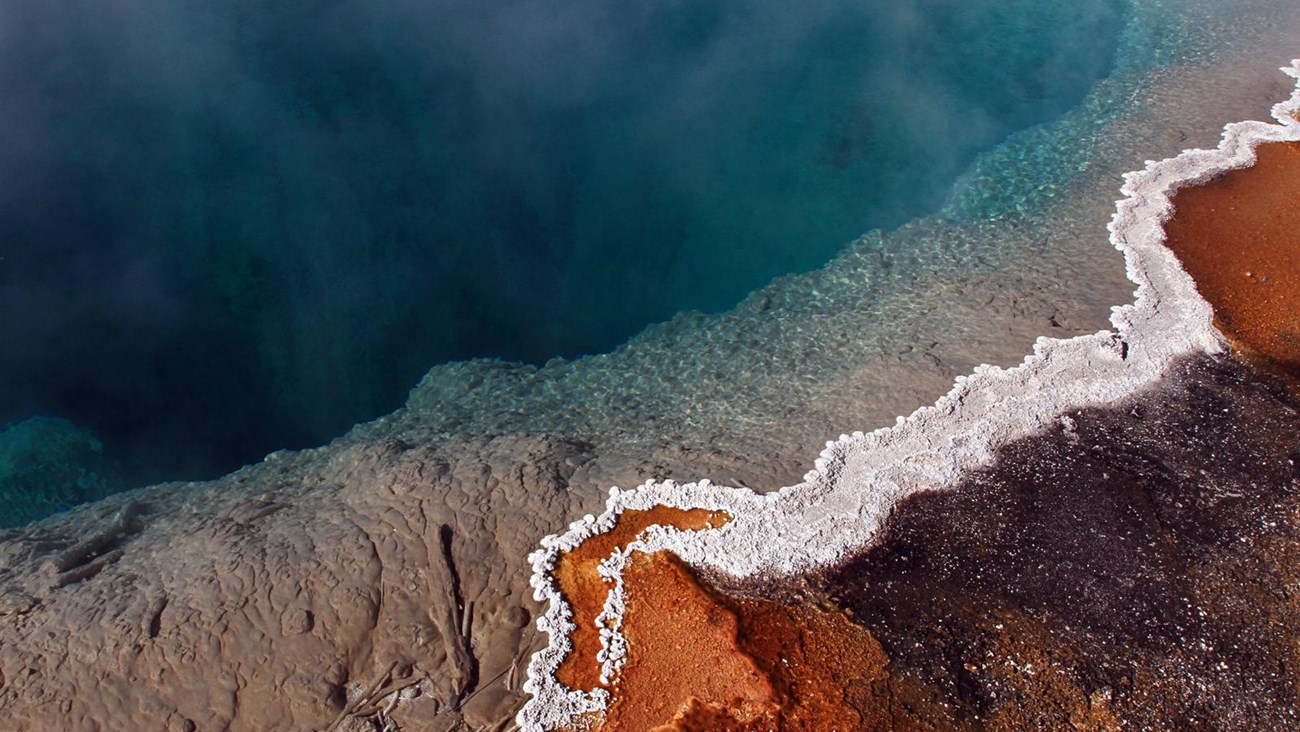
NPS Archaea are the most extreme of all extremophiles—some kinds live in the frigid environments of Antarctica; others live in the boiling acidic springs of Yellowstone. Like Bacteria, single-celled Archaea have no nucleus but have a unique, tough outer cell wall. This tough membrane segregates molecules and enzymes from the acidic external environment, allowing those cells to live in environments with a pH 3 or less. (For example, most vinegar has a pH of less than 3.) Archaea also have protective enzymes within their cells to keep them from becoming too acidic. Some scientists think present-day Archaea are highly reminiscent of their ancestors, in particular those that inhabit circumneutral to alkaline pH hot springs. This may be due to the extreme environments in which they live, which limit the successful changes that would allow them to diversify out of these environments. If this is so, modern Archaea may not be much different from the earliest forms of life, thus their study can provide important clues into how life was supported on early Earth. Once thought to be members of the domain Bacteria, Archaea are now known to represent their own domain and share many characteristics with eukaryotic organisms, which includes plants and animals. Many kinds of Archaea live in the hydrothermal waters of Yellowstone. For example, Grand Prismatic Spring at Midway Geyser Basin contains abundant members of the Archaea. However, they are most well-known in the superheated acidic features of Norris Geyser Basin and the muddy roiling springs of the Mud Volcano area. Whenever you see a hot, muddy, acidic spring, you are probably seeing the results of a thriving community of archaeal cells called Sulfolobus. This is the archaeon most often isolated and most well-known to scientists. In sulfuric hydrothermal areas, Sulfolobus oxidizes sulfur into sulfate or sulfuric acid, which helps dissolve the rocks into mud. The Sulfolobus community in Congress Pool (Norris) is providing interesting new research directions for scientists: it is parasitized by viruses never before known on Earth. Source: NPS DataStore Collection 7681. To search for additional information, visit the NPS DataStore. 
Thermophilic Bacteria
Almost all hot springs and geysers host thermophilic bacteria. 
Thermophilic Eukarya
Microscopic plants and animals live in the extreme environments of Yellowstone's hydrothermal features. 
Thermophilic Viruses
Viruses, a logical part of thermophilic ecosystems, have been found in some pools in Yellowstone. 
Thermophilic Communities
Thermophilic communities are very diverse, depending on the microbes living there, the pH, and the water temperature. 
Thermophiles in Time and Space
Yellowstone's hydrothermal features and thermophilic communities are studied by scientists searching for evidence of life on other planets. 
Life in Extreme Heat
Hydrothermal features are habitats for microscopic organisms called thermophiles: "thermo" for heat, "phile" for lover. |
Last updated: April 18, 2025
